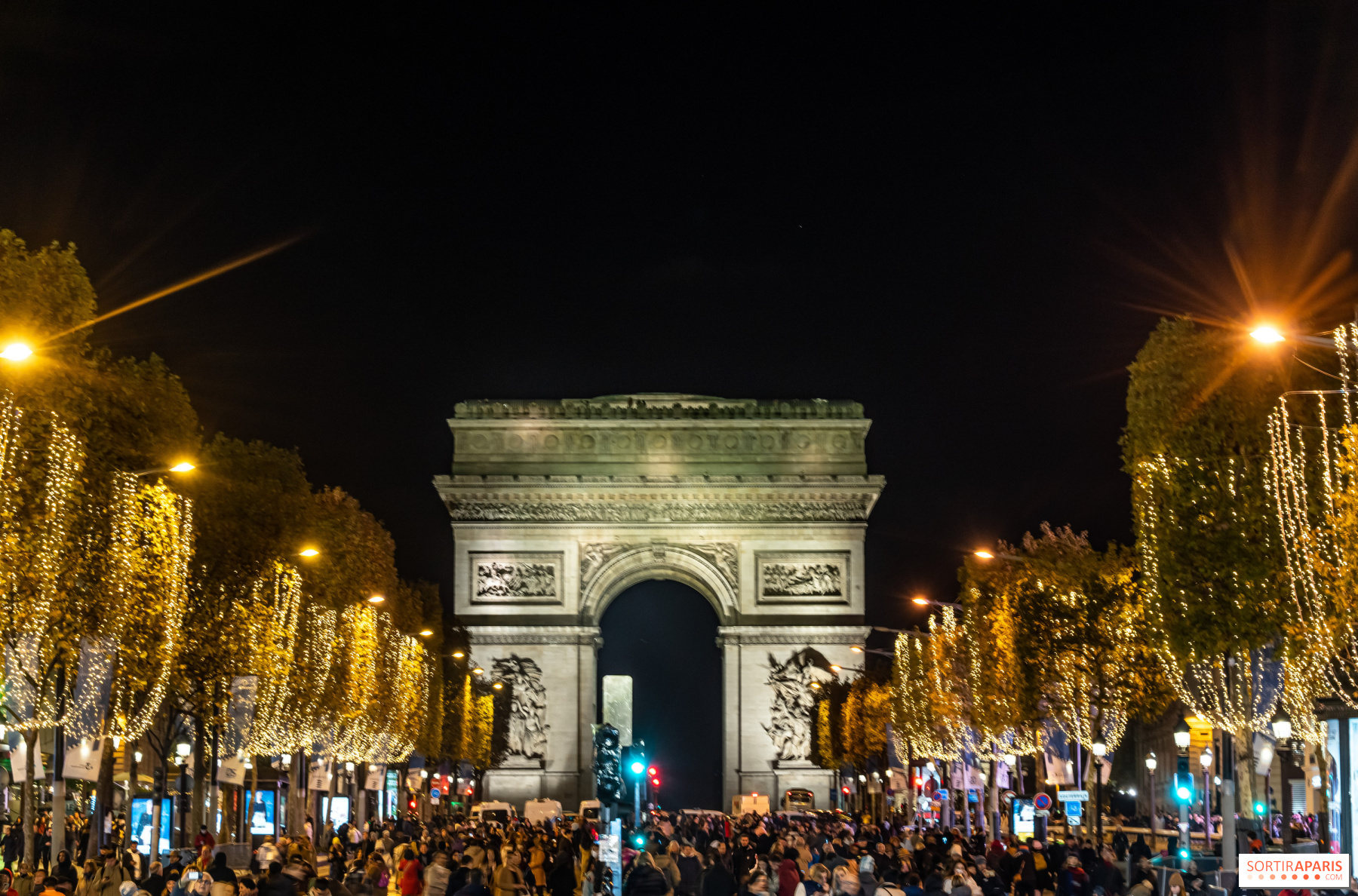At first glance, Paris may seem to be known for its art galleries, museums, music, and museums; it’s easy to overlook its rich theatre culture.
Paris has always been home to some incredible shows – from those performed during the time of its kings to the lively 20s. Take a look at what Theatre in Paris can offer and how you can see them!
1. Palais Garnier
As long as you visit during the daytime, visiting Palais Garnier is free, but for evening performances you must purchase tickets and purchase seats for performances. Guided tours provide the ideal way to truly take in all that this magnificent building offers.
Built between 1860 and 1875 by architect Charles Garnier during Napoleon III’s reconstruction project, Opera Garnier is the embodiment of Second Empire excess. Intended as an artistic showcase with its six-ton chandelier and bronze statues designed to impress visitors, its design aims at becoming the centerpiece of Parisian life.
Building the Opera is an absolute visual delight, featuring balconies made of onyx, marble columns with smooth finishes, and lavish gilding. Inside lies a circular vestibule and the Grand Escalier (grand staircase). It features scenes from music history on its ceiling while featuring Garnier’s signature Lyre musical instrument which appears throughout column capitals, heating grates and doorknobs throughout his building; Gaston Leroux was inspired by its design in his 1911 novel The Phantom of the Opera; plus, its six-tonne chandelier still amazes visitors today.
2. Odeon Theatre
Built in 1910 for vaudeville shows, the Odeon Theatre later converted to movie watching. Boasting 10 screens and unique translucent cladding that gives its cinema a distinct glow while also helping reduce energy usage through soft lighting during the daytime and mitigating any light pollution from surrounding residential and commercial properties at night.
The Odeon is inspired by Roman atrium-style tectums (theatrum tectums). These structures typically featured a smaller roof enclosed within an edifice and could seat up to 1500 people; two raised tribunalia or platforms above this seating were reserved for special guests and entered through narrow staircases.
Harry Weedon designed some early UK Odeon cinemas in an Art Deco maritime-influenced design style. Following Rank’s financial crisis, Odeon cinemas were sold off to Cinven and eventually merged with ABC Cinemas; many previously-branded Odeons were renamed National to keep their brand identity alive.
3. Théâtre du Châtelet
This stunning 19th-century building stands as one of two apparent twin theatres surrounding the open Place du Chatelet and features decorative Napoleon III style detailing, complete with chandeliers and seats in deep rouge that recall its grandeur.
Specializing in big and flashy events, this venue draws international orchestras and divas (such as Shirley Horn’s recording of “I Love You, Paris”) as well as revivals of musical-theater classics like An American in Paris, Kiss Me Kate 42nd Street and Singin’ in the Rain.
Satie’s World, an affordable installation series throughout the theater that celebrates composer Erik Satie, features numerous low-cost installations that celebrate his eccentric life and career. For instance, in the Grand Foyer were pianos nearly reaching to the ceiling; actors in Diaghilev Salon shared insights into Satie while conversing with an audience; on stage clowns peeled potatoes for an all-white meal (according to legend), while clowns peeled potatoes in preparation of an interactive dinner scene featuring all white foods that Satie would eat according to legend; all this makes for truly special theater.
4. Théâtre des Variétés
The Theatre des Varietes is a traditional-style theater located in Paris that hosts various performances and shows. Its lavish decor makes it a favorite choice among visitors seeking cultural experiences in Paris; additionally, the theatre provides several amenities like bar service and cafeteria seating.
At its opening in 1807, Paris’ Theatre des Varietes stands out as an architectural gem and one of the oldest theaters in town. As well as being designated a historical monument, this landmark venue became well-known for pioneering vaudeville theatre during this era in France.
Paris’ historic and significant landmark, Theatre de Paris is an absolute must for visitors to this vibrant city. Boasting a rich history and engaging performances that will delight all attendees, this iconic theater provides visitors with the ultimate cultural and artistic experience of the French capital. Be sure to come visit if you love theater – you are in for an experience you won’t forget in a hurry.
5. Théâtre de la Porte Saint-Martin
The Theatre de la Porte Saint-Martin is one of Paris’s largest theaters. Constructed in 1781 and opening within only two months, it quickly became a center for cultural life in Paris. Unfortunately, during the Paris Commune its building burned down and had to be rebuilt but today still stands offering a diverse program of plays including those by Rostand such as Cyrano de Bergerac and Les Miserables.
The theater hosts numerous concerts throughout the year; for more information visit their website.
Victor Coindre captured the beauty and grandeur of both the Palais Royal and Theatre de la Porte Saint-Martin before and after they were destroyed by fire during the Paris Commune, using vibrant colors to highlight intricate details within each structure and enhance their elegance. This beautiful print from the 19th century captures their splendor brilliantly.
Pierre Jeanneau and Clementine Mahe collaborated to design the 2021-2022 season of Theatre Porte Saint-Martin with more stable visual identity that highlighted its architectural environment (Porte Saint-Martin is an arched street on Boulevard Saint-Martin). Cardinal Photo from Production Type provided graphic compositions to reinforce this theatre’s unique character while still conveying a consistent public face.
